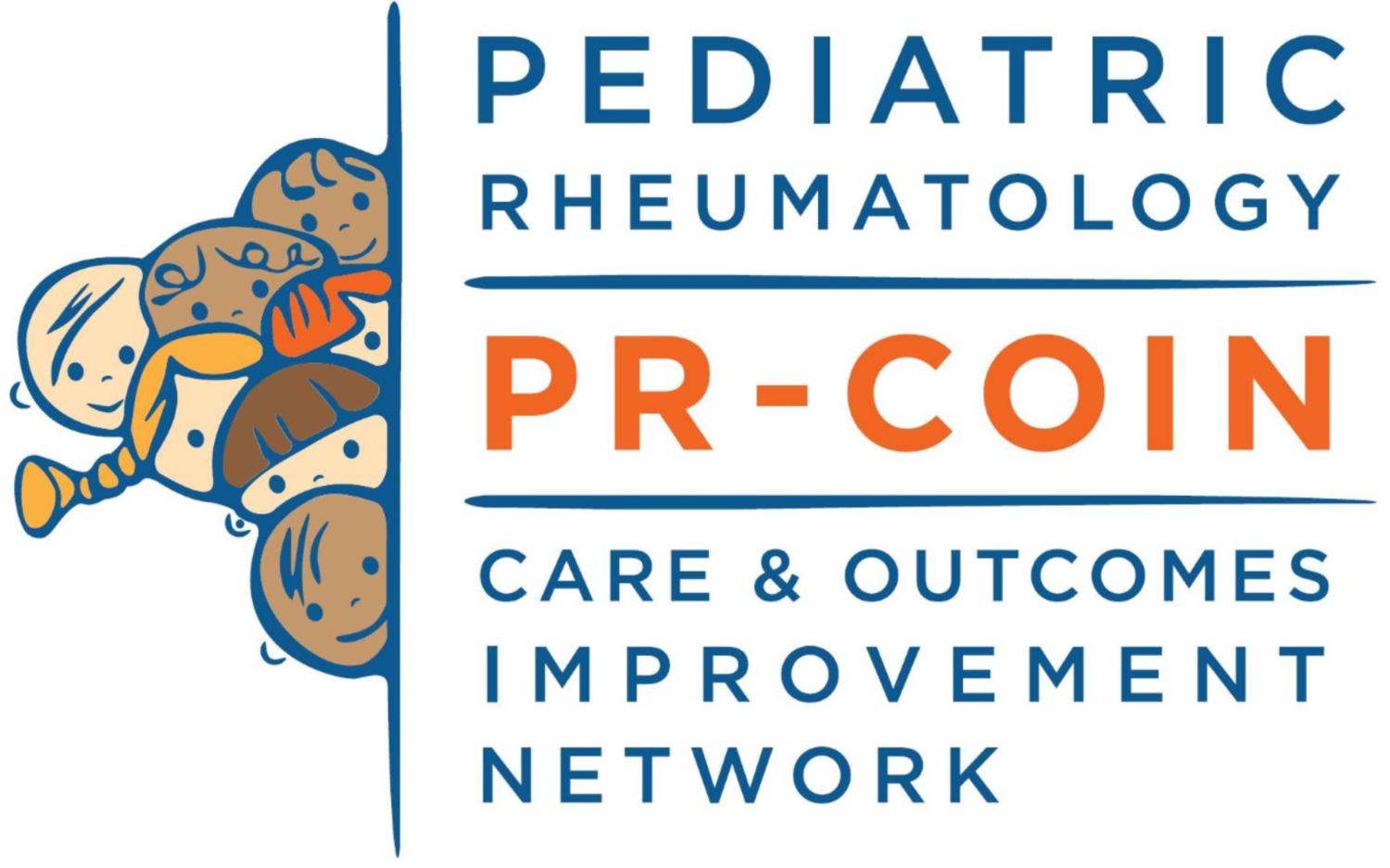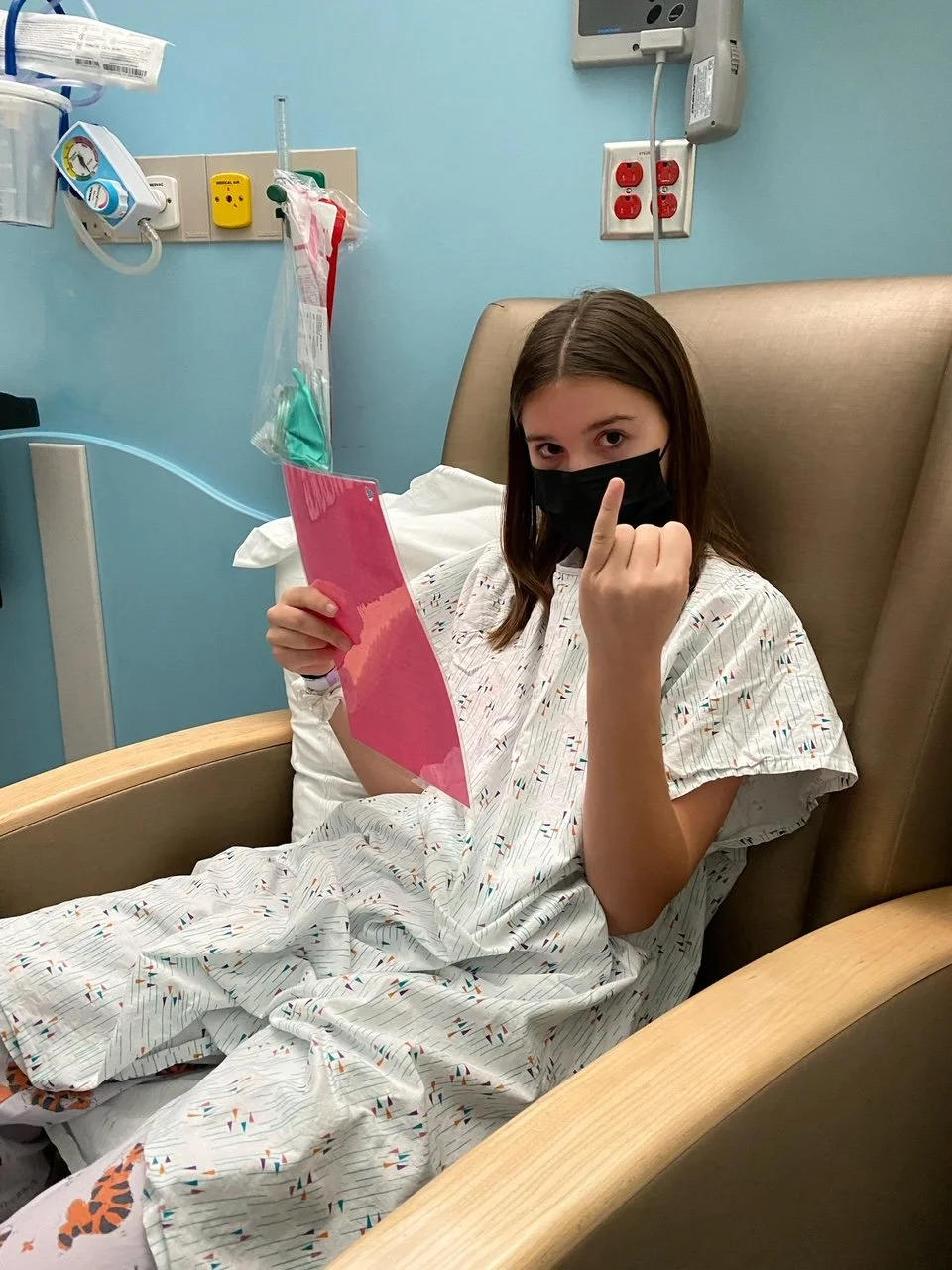Meet Siena
Siena Kirk was diagnosed with JIA in third grade at 8 years old. Her parents took her to the Pediatrician with what they thought was a sprained ankle. After an Xray and a visit to Orthopedics, a MRI found arthritis in her left ankle and she was referred to rheumatology at Seattle Children’s Hospital.
“I was playing so many sports and it was very hard to stop and take a break because I didn’t understand why I couldn’t do it anymore,” Siena says. “I couldn’t risk further damage to my ankle and eyes because it appeared I had been in a flare for a long time.”
She was also diagnosed with iritis, and eyedrops and Humira eventually quieted everything. Aside from the dreaded shot days, arthritis didn’t seem to be something that she worried about, and Siena returned to playing soccer, basketball, and dance.
A year and a half later when they tapered Humira, the iritis returned, and her ankle flared. It felt devastating because doctors had suggested that aggressive treatment often caused the arthritis to go in remission. Since that wasn’t the case, Siena began eye drops again and they added Methotrexate to the Humira regimen. Two years later, they decided to taper.
Siena tried to manage without medication during her 8th grade year. She played soccer but avoided more sports, was constantly fatigued, developed migraines and was anxious that the arthritis would come back. As she entered high school, she found out that iritis had come back again and she had a new flare in her knee.
“Freshman year was hardest because it moved to my knee,” she says. “I played soccer for my high school, then I made the basketball team, but I had to quit because it was so painful. “
Now in her junior year, the knees and ankle are much better but she is still avoiding sports. Other than those symptoms, she always has back pain, feels tired, and gets bad migraines.
When she quit sports and didn’t have much of a social life, Siena fell into a depressive state. She started having therapy in 6th grade. She emphasizes how important treatment of the whole patient is – that doctors consider mental health and the very real side effects of the medications just as much as their physical health
Her mom Darbie says they always tried to provide Siena with a number of options to feel better. At one point, they were seeing 15 different doctors or therapists.
“You don’t have to feel like crap all the time,” she says. “Figure out what works for you.” They have tried chiropractic, acupuncture, massage, even cranial sacral therapies.
Only recently has Siena felt comfortable talking about it. Her parents encouraged her to form a team for the Jingle Bell Run, and over the last few years her team has been the top fundraiser, raising over $20,000.
They believe in PR-COIN because it brings connection. Siena said that when she was early diagnosed, she didn’t have anyone that she knew that was going through the same thing, or anyone to relate to and look up to. She is part of PR-COIN because she wants to be there for people to talk to or relate to.
Darbie says she got in touch with Dr. Esi Morgan who explained that sharing information and building communities is what PR-COIN is about. Helping others struggling with this disease is important to managing all the stress and everything involved.
“I want to build connections and community.“






